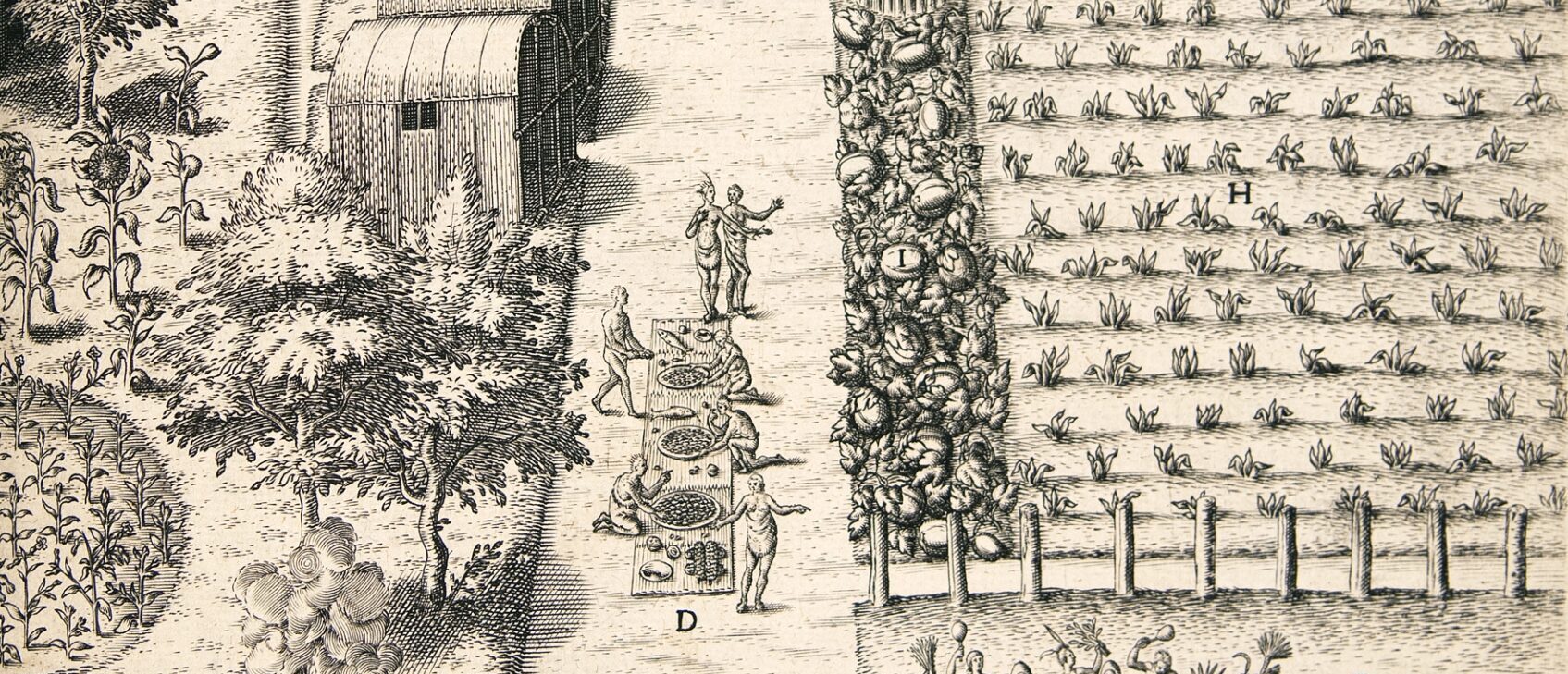Introduction
In The Tempest, the “honest old councilor,” Gonzalo, imagines an ideal commonwealth in which there would be no private property, no magistrate, no labor, and no inequality of rank. Gonzalo’s description of a society in which “All things in common nature should produce” suggests just one of the ways in which Shakespeare adapted contemporary ideas about utopian societies. Although people had imagined ideal societies since at least the classical period, the term utopia first appeared less than one hundred years before Shakespeare wrote The Tempest. The English humanist, Thomas More, introduced the word in 1516 to name a fictional island that was the site of an ideal commonwealth. More devised utopia from Greek terms meaning “not a place” or “nowhere,” but he also provided his Utopia with a specific geography: he locates his fictional island in the New World.
It seemed to many Europeans that anything might be found in this New World, including human societies that were better organized than their own.
More wrote Utopia just 24 years after Columbus’ arrival in the Caribbean, and his narrative suggests how European contact with the Americas provoked the imagination. It seemed to many Europeans that anything might be found in this New World, including human societies that were better organized than their own. More could not publish Utopia in England under the reign of Henry VIII—his imaginary society was too clearly an indictment of Henry’s England. But his book participated in, and helped to initiate, a Renaissance literary tradition that brought together the exploration of the Americas, the critique of European societies, and the desire to create better communities in which to live. The documents that follow demonstrate some of the ways in which Renaissance writers and artists imagined the New World and its utopian possibilities.
Please keep the following questions in mind as you review the documents:
- How does the exploration of the Americas contribute to the European imagination of an ideal society?
- What qualities do these writers identify as the basis of an ideal society?
- How do these writers use representations of Native American and utopian societies to critique their own European societies? What social problems do they perceive to be most urgent?
- Are native people idealized or denigrated in these representations? Do they inhabit a world that is preferable to the Europeans’ world?
More’s Utopia
Thomas More wrote Utopia in Latin in 1516 and published it in Louvain, in present-day Belgium, in order to avoid political persecution in England. It was translated into English and printed in London 25 years later, after the death of Henry VIII. In Utopia, More imagined a member of Amerigo Vespucci’s expedition to the New World who becomes separated from the other Europeans and discovers the island of Utopia. On his return to Europe, he describes a society in which everyone lives for the common good, as determined through natural reason. Utopians are ruled by an elected magistrate. They have no private property or distinction of rank and no war. Everyone works, but only six hours a day. Men and women receive the same education and are free to practice the religion of their choice. In the passage that follows, the explorer contrasts Utopia with England.
Thomas More, Utopia, 196-199 (1685)
Questions to Consider
- Why does the narrator consider Utopia the best, indeed the only, true commonwealth in the world?
- What problems does he identify in Renaissance England? How have the Utopians solved or avoided those problems?
- Would you like to live in the commonwealth that he describes? Do you think such a society is possible? Do you think that More proposes Utopian practices as a serious alternative to existing practices?
Cannibalism in the Americas
André Thevet was a sixteenth-century French explorer, priest, and cosmographer (one who maps the heavens and the earth). The New Found Worlde was first published in Paris in 1557. Thevet described the people, plants, and animals that he encountered in the region of present-day Brazil, where he traveled to help establish a French colony. He used the word antarctike in the title to mean “southern,” not necessarily the South Pole. In portraying the “Americans” or “wilde men,” as he called them, Thevet lingered on the customs that he knew European readers would find most shocking or strange. The passage included here describes the practice of eating prisoners of war and was probably a source for Michel de Montaigne’s essay “Of Cannibals.” At the opening (top left), Thevet has asked a prisoner whether he is not afraid to die this way.
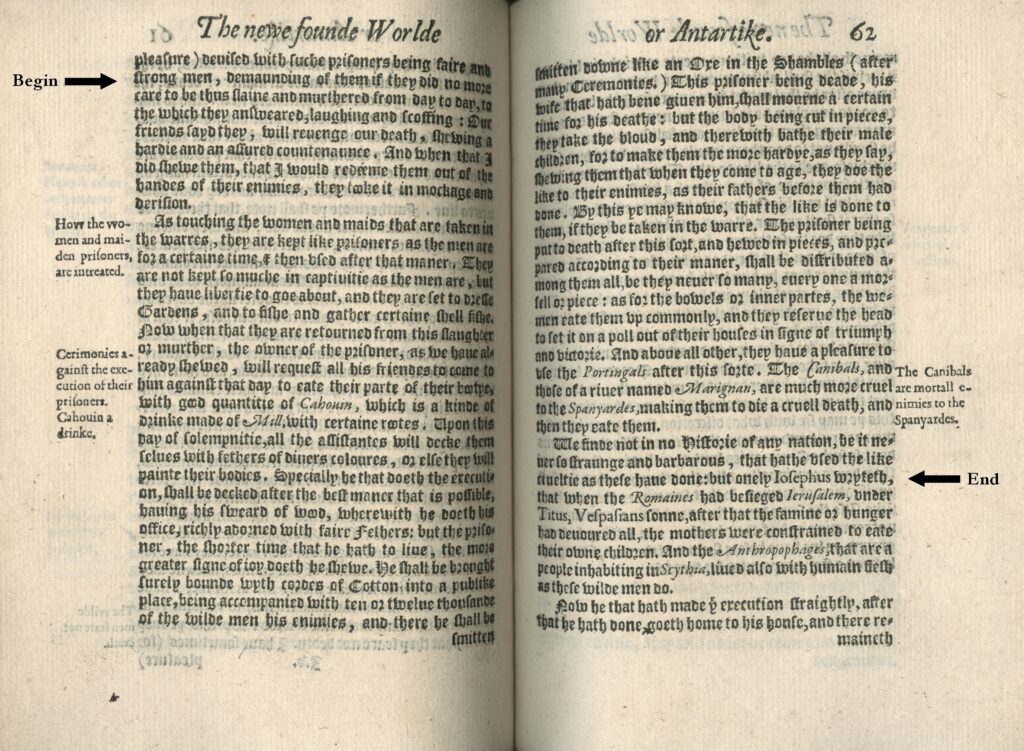
Questions to Consider:
- Why do you think Thevet includes this detailed description of ritual cannibalism? What is his opinion of this practice?
- What does the practice of cannibalism seem to mean to the Native Americans?
Montaigne’s “Noble Savage”
Michel de Montaigne’s influential Essays were first published in French in 1580 and were translated into English in 1603. They offered a wide-ranging investigation of institutions, beliefs, and customs. These excerpts from “Of Cannibals” present the classic formulation of the “noble savage.”
Michel de Montaigne, “Of Cannibals,” 367-369, 374-375 (1685)
Questions to Consider:
- How does Montaigne redefine the terms barbarous and savage?
- What does he mean by the term nature? How is nature related to civilization? Are the laws of nature and the laws of civilization in conflict?
- What kind of society does Montaigne imagine that Native Americans live in?
- How does Montaigne interpret the practice of cannibalism? How does his treatment of it compare to Thevet’s in The New Found Worlde?
- What are Montaigne’s criticisms of European society?
The New Found Land of Virginia
Thomas Hariot’s Briefe and True Report of the New Found Land of Virginia is a promotional tract that first published in 1588. It was designed to encourage Englishmen to finance and to help settle Roanoke, the first English colony in North America. Hariot cataloged the natural produce found in Virginia before turning to the “nature and manners of the people,” whom he described as knowledgeable of the region, but also defenseless. They “are not to be feared,” he wrote, “but they shall have cause to feare and love us, that shall inhabite with them.” The Report was republished two years later, in four languages, with engravings by Theodor de Bry. It forms the first volume of de Bry’s series of books on the European exploration of the New World. De Bry made these sketches of Algonkian fishermen and an Indigenous village based on the sketches by John White, who accompanied Thomas Hariot to the English settlement of Roanoke in Virginia.
Questions to Consider:
- Describe the scene portrayed in Their Manner of Fishynge. Does this look like a promising location for fishing? What methods do the Algonkian Indians use to catch fish?
- Describe the Secota village. How is it organized? What does the village’s layout suggest about Secota culture?
- What impression do these images give you of the natural environment and of American Indian societies? Does Virginia seem like a place where you—or a sixteenth-century English reader—would want to go?
The Spanish Conquest of the Caribbean
Theodor de Bry’s America is the fourth volume of a series titled Grandes Voyages. It was based on Giralamo Benzoni’s eyewitness account of the Spanish in Central and South America. The following engravings portray violence in the Caribbean, or West Indies, and are based on eyewitness accounts of the Spanish conquest.
Questions to Consider:
- Examine and compare these two images. What do they portray? Who is attacking whom in each engraving?
- How do the Spanish acts of violence compare to Native Americans’ acts? Does one appear any more cruel than the other?
Prospero’s Island
In the late eighteenth century, the London printer and engraver, John Boydell, commissioned artists to create paintings illustrating the works of Shakespeare. He then produced engravings based on their paintings and published them together with Shakespeare’s plays. This plate is based on a work by the Swiss-born Romantic painter Henry Fuseli. It depicts Miranda, Prospero, Ariel, and Caliban in Act I, scene ii, of The Tempest. In the text at the bottom, Prospero curses Caliban with cramps for his disobedience.
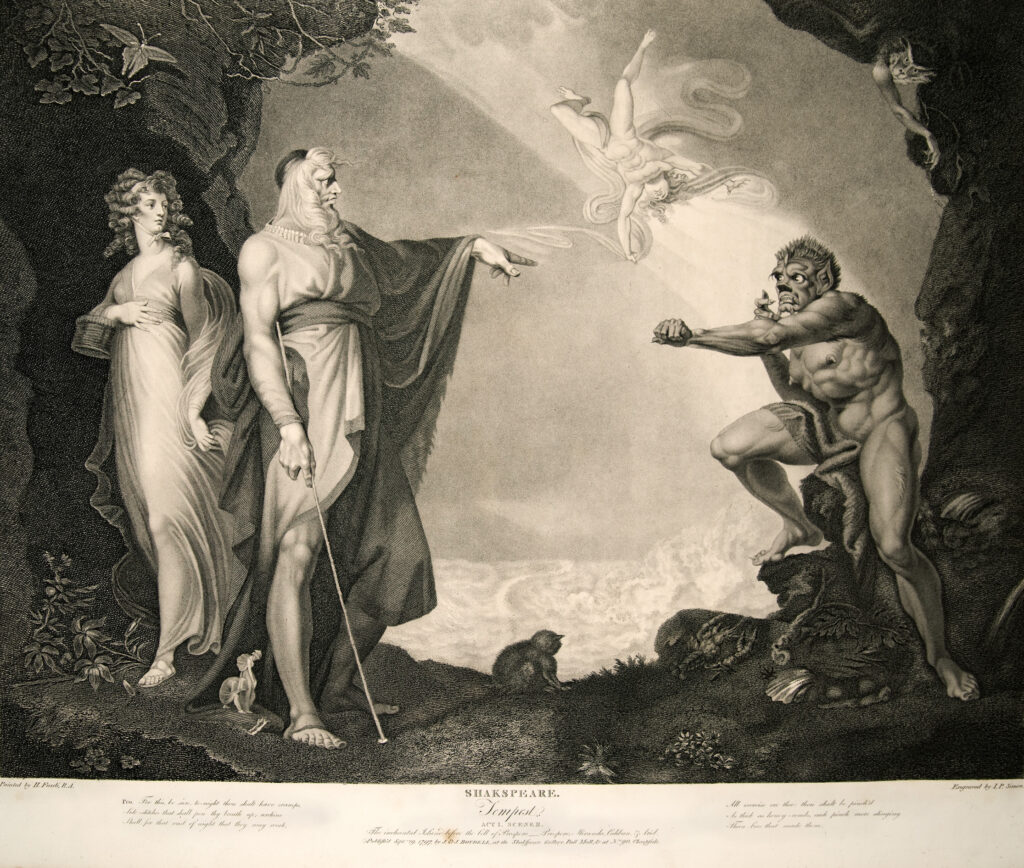
Questions to Consider:
- Examine each of the figures in the engraving. How does each figure appear? How do they relate to each other?
- Is this how you imagine Caliban, in particular? How would your interpretation of the play as a whole change if you thought of Caliban as he appears here?
- Does Prospero’s island appear utopian in this image? Why or why not?
- How does this image of Prospero’s island compare to Renaissance representations of the New World?

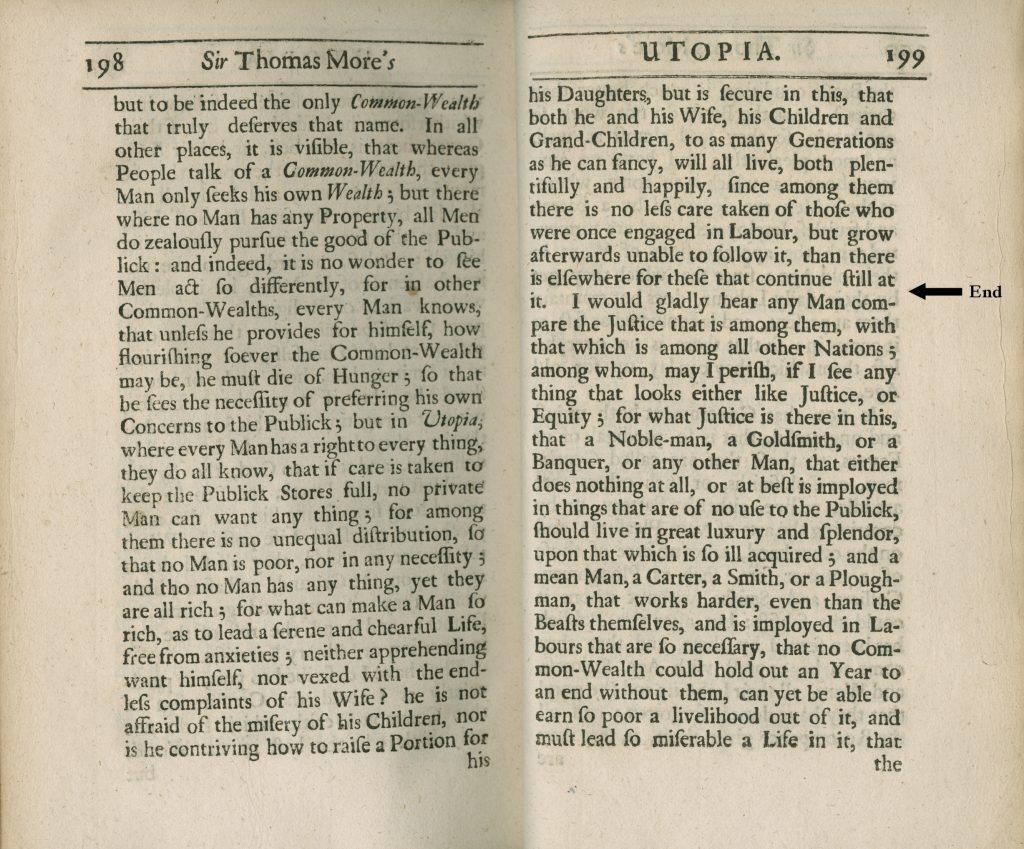

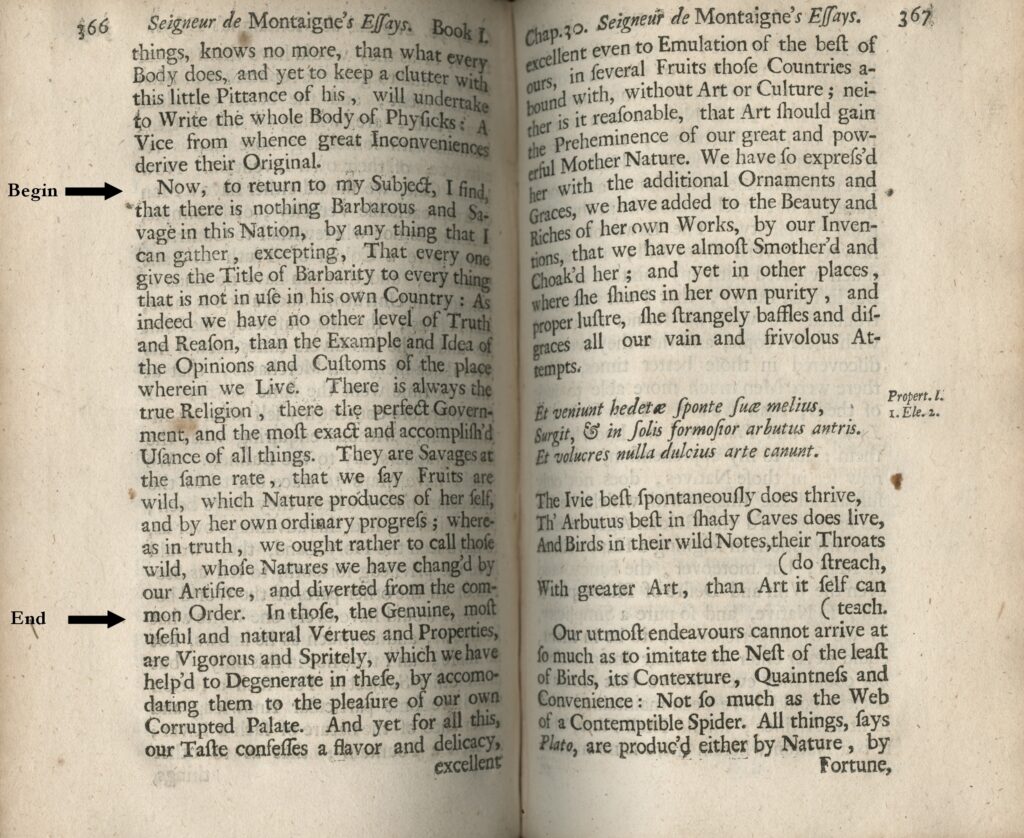
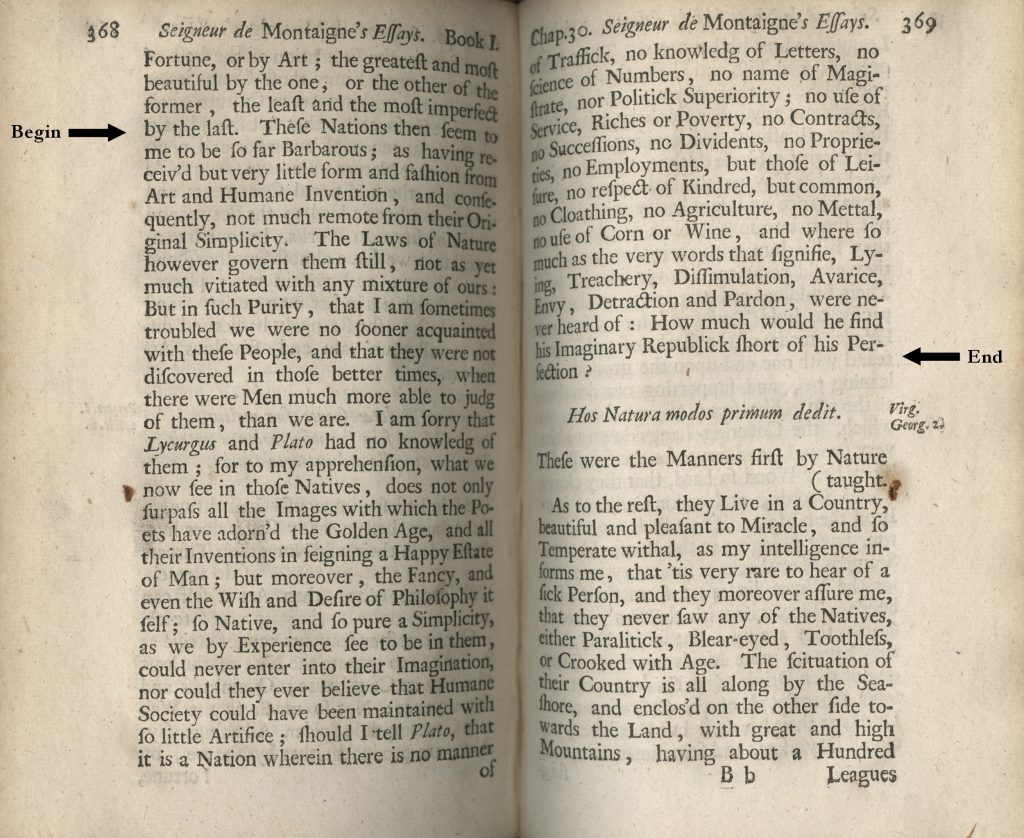

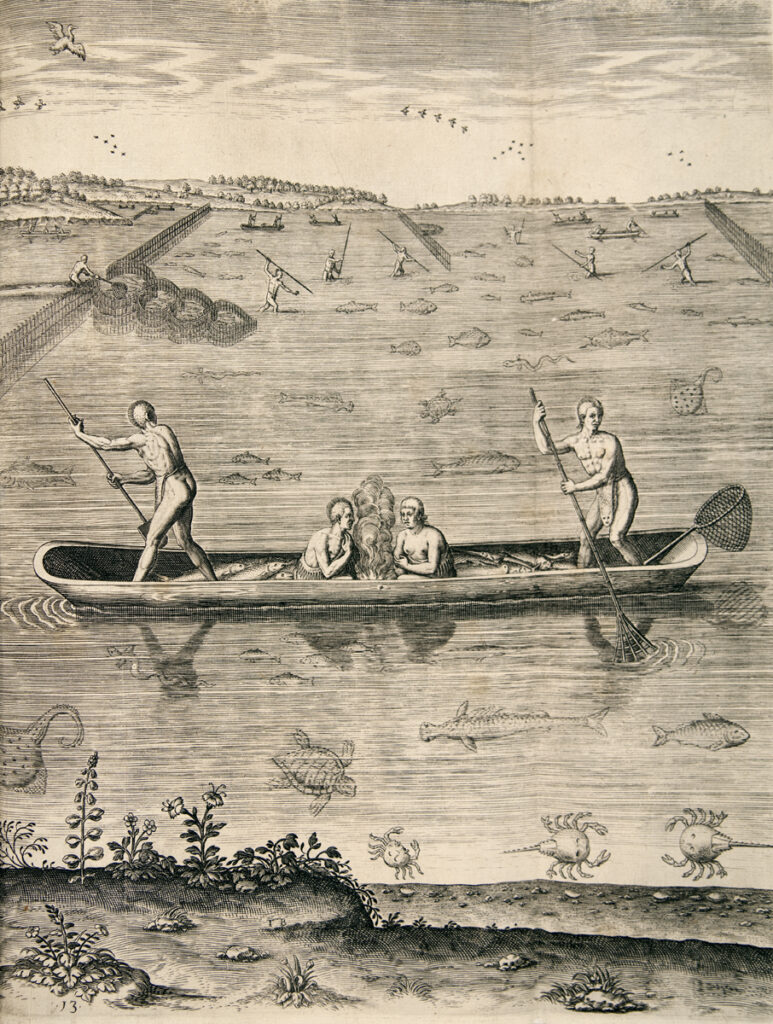
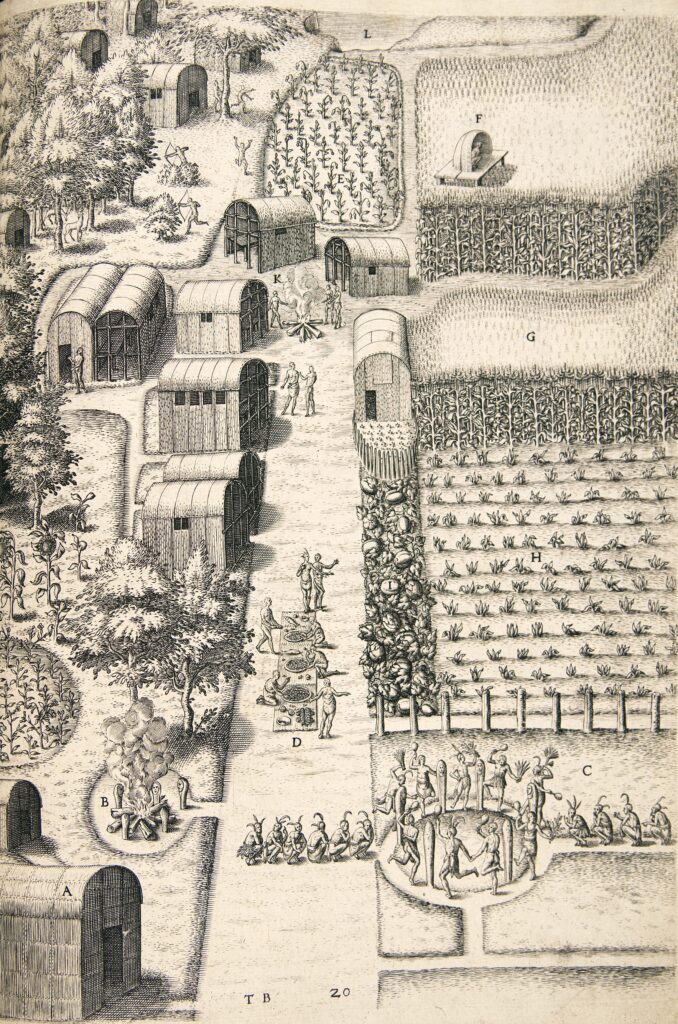
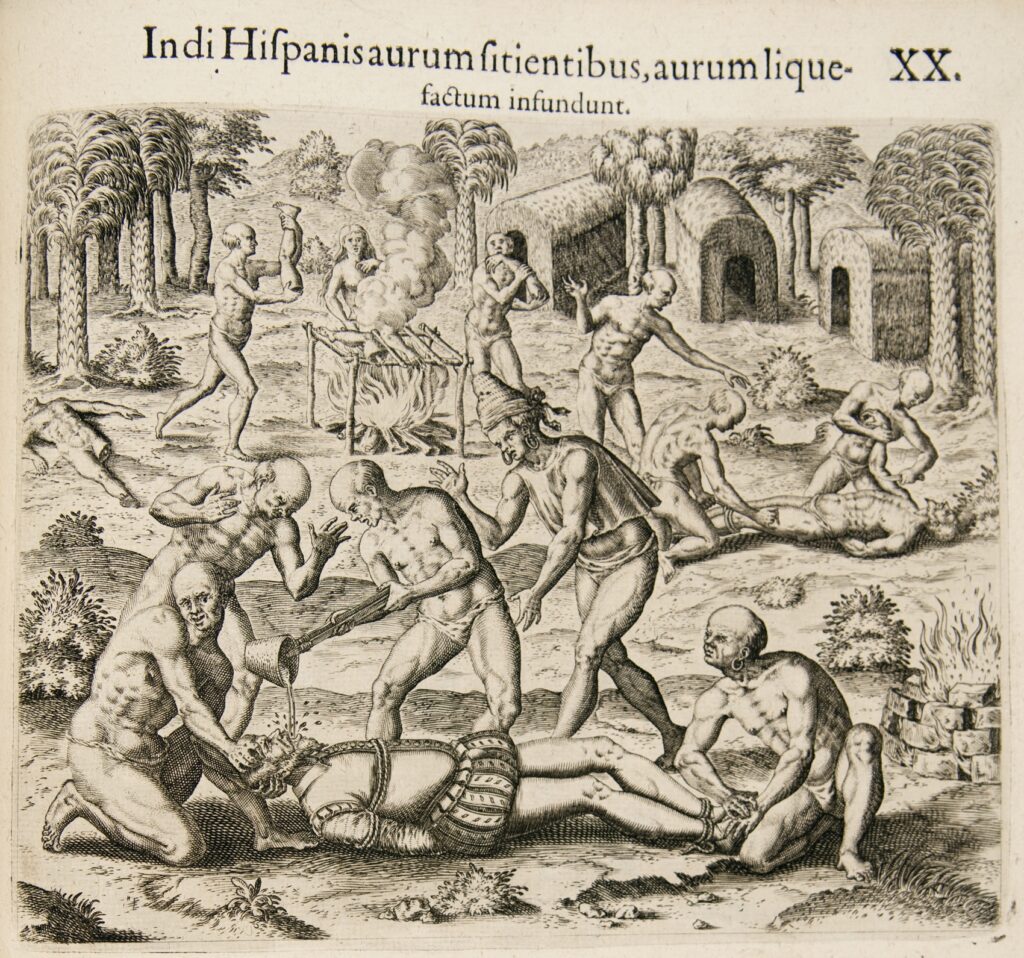
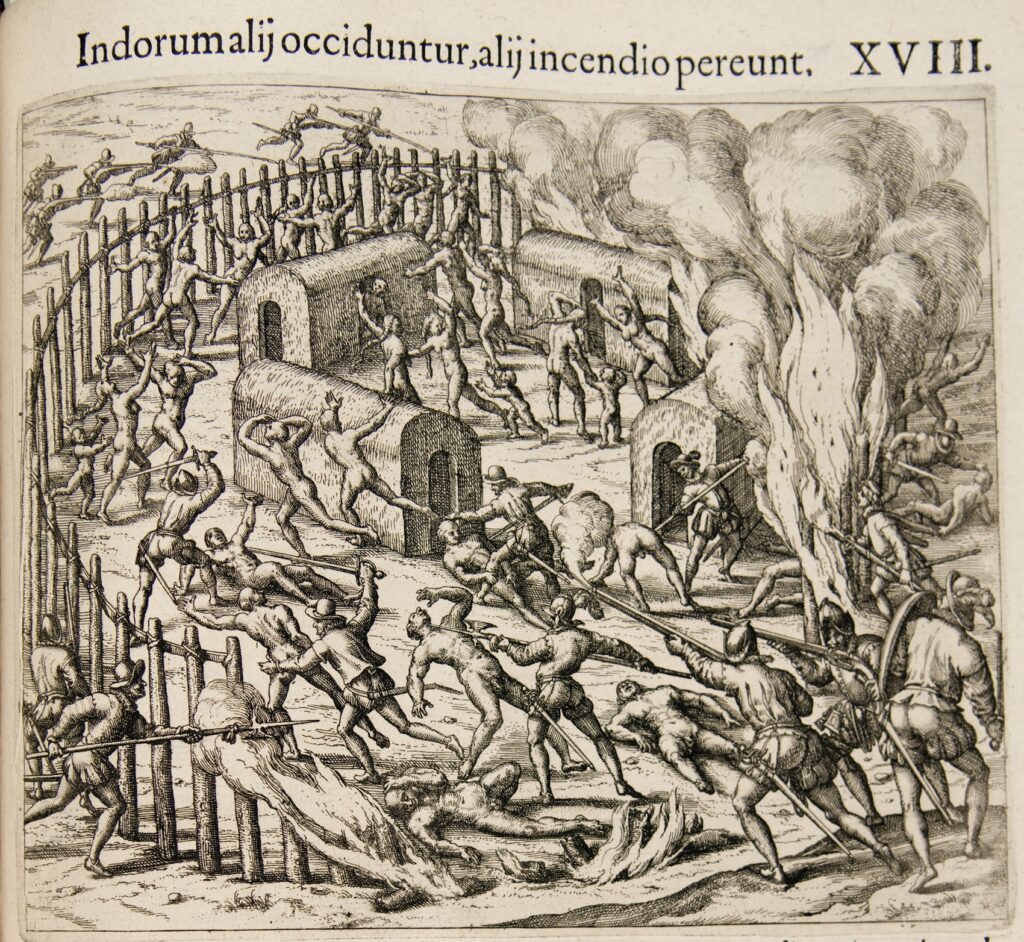

Further Reading
Aldous Huxley. Brave New World, 1932. http://huxley.net/bnw/
Michel de Montaigne. “Of Cannibals,” trans. 1603.
William Shakespeare. The Tempest, 1611.



